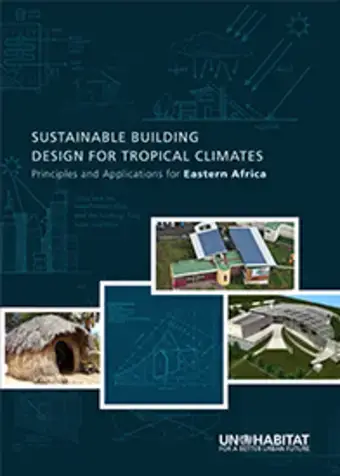 One of the greatest challenges for climate change adaptation is how to build resilience for the billion urban dwellers who are estimated to live in what are termed informal settlements . These settlements have been built outside the ‘formal’ system of laws and regulations that are meant to ensure safe, resilient structures, settlements and systems.
One of the greatest challenges for climate change adaptation is how to build resilience for the billion urban dwellers who are estimated to live in what are termed informal settlements . These settlements have been built outside the ‘formal’ system of laws and regulations that are meant to ensure safe, resilient structures, settlements and systems.
"Cities and the New Climate Economy: The Role of Urban Form and Transport" - Philipp Rode
Philipp Rode in this lecture presents the findings of the cities research programme of the Commission’s New Climate Economy (NCE) project which LSE Cities is co-leading. The overall aim of NCE is to provide independent and authoritative evidence on the relationship between actions which can strengthen economic performance and those which reduce the risk of dangerous climate change.
MP3
